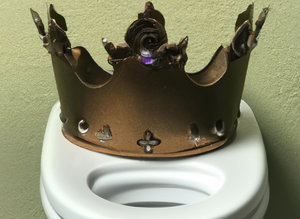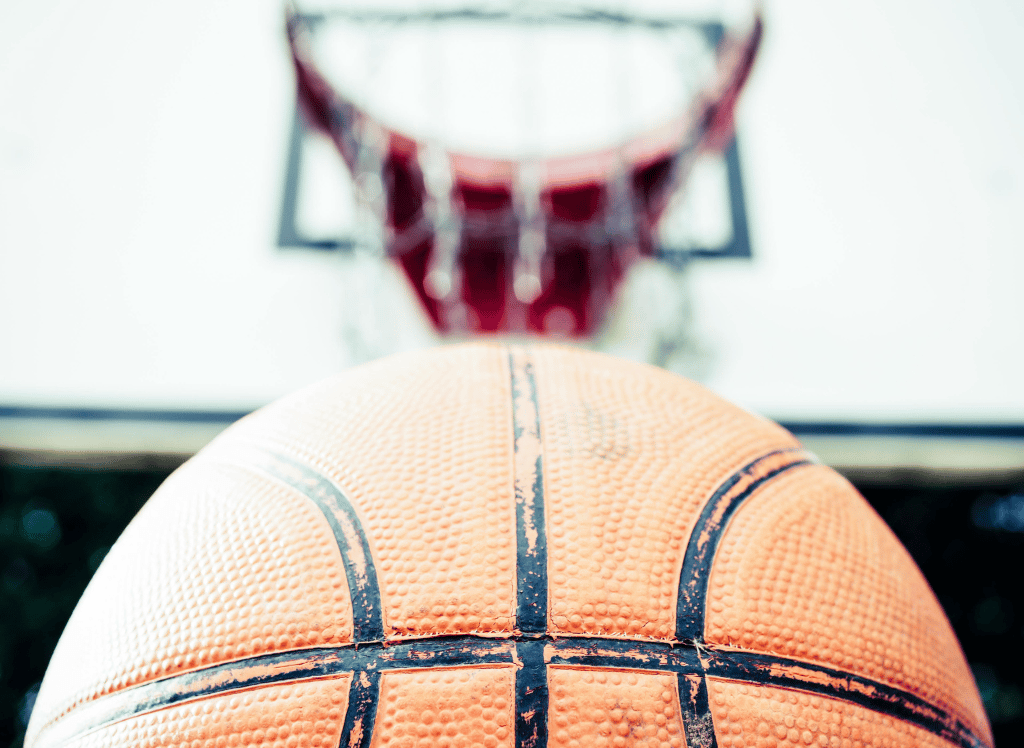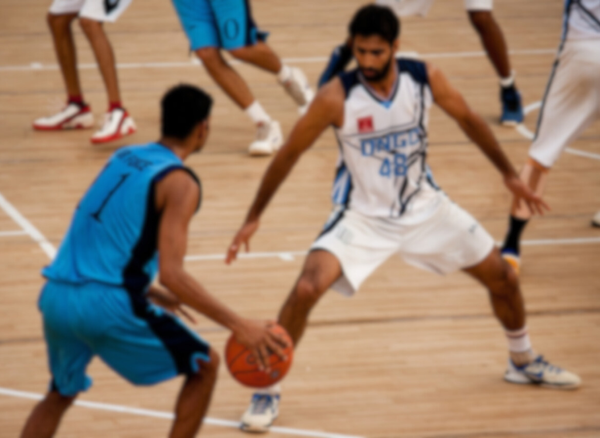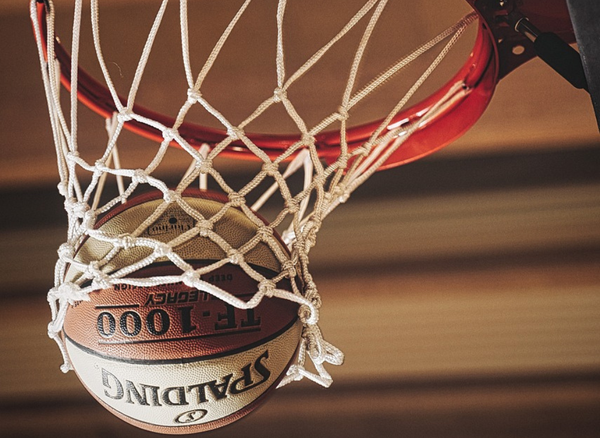When a basketball player takes a shot and misses, the ball bounces off the rim, backboard, or simply hangs in the air, it becomes a free entity. At this moment, players from both the offensive team and the defensive team leap into action, vying for control of the ball.
What is a Rebound in Basketball?
Rebounds are pivotal because they can either extend an offensive possession or shift the momentum to the defense, allowing them to start an attack.
Offensive Rebounds: Keeping the Pressure On
An offensive rebound occurs when a player from the offensive team, the one that just attempted the shot, manages to get the rebound. This is a significant play because it gives the offensive team another chance to score, often catching the defense off-guard. An effective offensive rebounder is a player who can anticipate where the ball will land and use their body to block opposing players, ensuring they have a good chance to grab the ball and either score or reset the offense.
Defensive Rebounds: Turning Defense into Offense
Conversely, a defensive rebound is secured by a player from the defending team, which had been trying to stop the offense from scoring. Defensive rebounds are crucial as they prevent the offensive team from getting an extra possession with the ball, thus denying them additional scoring opportunities. After a defensive player gets the rebound, they often execute an outlet pass to a teammate to initiate a counterattack, swiftly transitioning from defense to offense.
The Art of Positioning
Rebounding is not just about jumping high or being physically dominant. It's also about positioning. Players must read the trajectory of the ball as it caroms off the rim or backboard and position themselves accordingly. The right corner or spot on the floor can make all the difference in successfully securing a rebound. Both offensive and defensive players must navigate through screens and block out their opponents to establish the best position.
The Role of Physicality in Rebounding
Physical attributes such as height, strength, and jumping ability are undoubtedly advantageous in rebounding. However, one player can out-rebound another by using body leverage, timing their jump correctly, and having a keen sense of anticipation. Rebounding drills often focus on these aspects, helping players improve their technique and increase their chances of grabbing the ball amidst a crowd.
Rebounding and Team Dynamics
Rebounding is a team effort. While it might seem like a task for the big men under the basket, guards and forwards also play a significant role. Teams often strategize to have players at different positions ready to rebound, ensuring that if the ball hits a certain area, someone is there to get the rebound. This collective effort can lead to more possessions and, ultimately, more points on the scoreboard.
The Impact of Rebounding on Game Strategy
Coaches emphasize rebounding because it directly affects the number of scoring attempts a team gets. A team that excels in offensive rebounding can demoralize their opponent by continuously getting second and third chances to score. On the flip side, a team that dominates defensive rebounding can limit the offensive team's attempts, thereby controlling the pace and flow of the game.
Rebounding Beyond the Stats
While rebounds are a quantifiable statistic in basketball, their impact goes beyond numbers. A timely basketball rebound can shift the momentum of a game, inspire teammates, and deflate the opponent. It's a display of effort and determination that often reflects a team's fighting spirit. Players who excel at rebounding are typically seen as hard workers and are valued for their hustle and grit.
The Psychological Aspect of Rebounding
Rebounding can also be a psychological battle. When a player consistently secures rebounds over their opponent, it can lead to frustration and a loss of confidence for the other team. This mental edge can be just as important as the physical aspect of rebounding, as basketball is as much a game of mental fortitude as it is of physical skill.
Rebounding in Professional Basketball
In professional leagues like the NBA, rebounding is a highly specialized role. Some players have carved out careers primarily because of their ability to rebound. These players study missed shots, understand opponents' tendencies, and use every game as an opportunity to perfect their craft. Their contribution, often not as glamorous as scoring, is nonetheless a cornerstone of winning games.
Rebounding Drills and Practice
To become a proficient rebounder, players engage in various rebounding drills that enhance their ability to read the ball's trajectory, improve their jumping ability, and strengthen their boxing-out techniques. These drills are designed to simulate game situations and can significantly improve a player's rebounding skills, leading to more playing time and a more substantial impact on the game.
The Synergy of Rebounding and Other Skills
Rebounding does not exist in a vacuum. It is closely related to other skills such as blocking, dribbling, and scoring. A player who can rebound effectively and then either score or make a smart play to continue the offense is a valuable asset to any team. Similarly, a player who can secure a defensive rebound and then quickly dribble up the court to create a scoring opportunity adds another dimension to their team's game.
FAQ Section
Why are offensive rebounds considered so valuable in basketball?
Offensive rebounds are valuable because they provide the offensive team with additional opportunities to score by extending their possession. This can be demoralizing for the defense and can lead to increased scoring for the offense.
How can a player improve their rebounding ability?
A player can improve their rebounding by practicing drills that focus on timing, positioning, and jumping ability. Additionally, studying the game to understand shot trajectories and opponent tendencies can also enhance rebounding skills.
What is the difference between an offensive and a defensive rebound?
An offensive rebound is secured by a player on the team that just attempted the shot, while a defensive rebound is grabbed by a player from the team that was defending against the shot. Offensive rebounds give the same team another chance to score, whereas defensive rebounds switch possession and allow the defending team to start an offensive play.
Summary
Rebounding in basketball is a fundamental skill that significantly influences the game's outcome. It involves players from both the offensive and defensive teams attempting to gain possession of the ball after a missed shot. Successful rebounding requires a blend of physical prowess, strategic positioning, and mental toughness. Whether it's extending an offensive play or sparking a fast break, rebounds are a testament to a player's determination and a team's collective effort.









